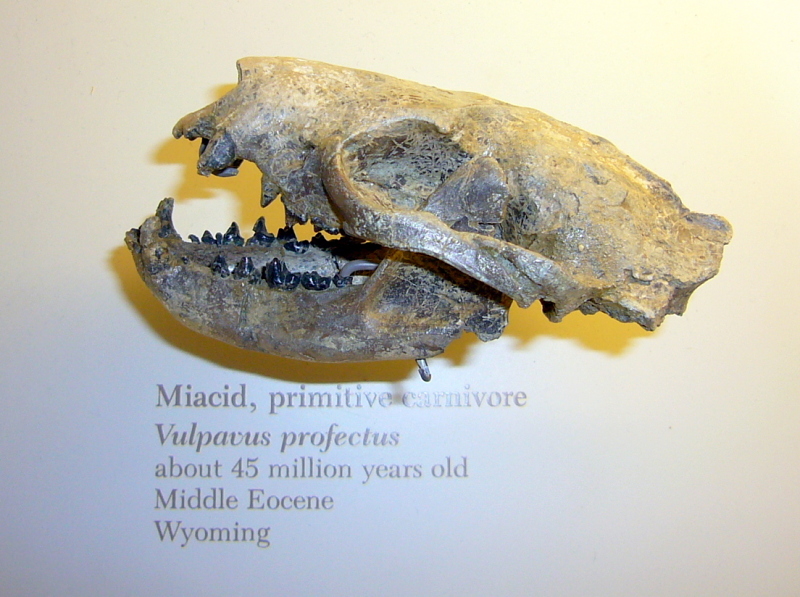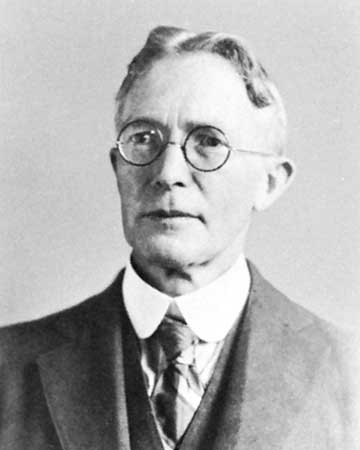|
Miocyon
''Miocyon'' is an extinct genus of Miacidae Miacids are extinct primitive carnivoramorphans within the family Miacidae that lived during the Paleocene and Eocene epochs, about 62–34 million years ago. Miacids existed for approximately . Miacids are thought to have evolved into the ..., primitive carnivores which lived during the Paleocene and Eocene Epoch. Notes References * Flynn, J.J., 1998. Early Cenozoic Carnivora ("Miacoidea"). pp. 110–123 ''in'' C.M. Janis, K.M. Scott, and L.L. Jacobs (''eds.'') ''Evolution of Tertiary Mammals of North America. Volume 1: Terrestrial Carnivores, Ungulates, and Ungulatelike Mammals.'' Cambridge University Press, Cambridge. Sources *''The Terrestrial Eocene-Oligocene Transition in North America'' † Extinct mammals of North America Miacids Eocene carnivorans {{paleo-mammal-stub ... [...More Info...] [...Related Items...] OR: [Wikipedia] [Google] [Baidu] |
Miacidae
Miacids are extinct primitive carnivoramorphans within the family Miacidae that lived during the Paleocene and Eocene epochs, about 62–34 million years ago. Miacids existed for approximately . Miacids are thought to have evolved into the modern carnivorous mammals of the order Carnivora. They were small carnivores, superficially marten-like or civet-like with long, lithe bodies and long tails. Some species were arboreal, while others lived on the ground. They probably fed on invertebrates, lizards, birds, and smaller mammals like shrews and opossums. Their teeth and skulls show that the miacids were less developed than modern carnivorans. They had carnivoran-type carnassials, but lacked fully ossified auditory bullae (rounded protrusions). Classification Miacidae as traditionally conceived is not a monophyletic group; it is a paraphyletic array of stem taxa. Traditionally, Miacidae and Viverravidae had been classified in a superfamily, Miacoidea. Today, Carnivora a ... [...More Info...] [...Related Items...] OR: [Wikipedia] [Google] [Baidu] |
Carnivoraformes
Carnivoraformes ("carnivoran-like forms") is a clade of Placentalia, placental mammals that includes the modern order Carnivora and its extinct stem-relatives. Classification and phylogeny Classification In 2010 Flynn, Finarelli & Spaulding named a new clade Carnivoraformes within Carnivoramorpha, containing carnivorans and "Miacidae, miacids" but not Viverravidae, viverravids. The authors defined Carnivoraformes as the clade containing Carnivora and all taxa that are more closely related to Carnivora (represented by ''Wolf, Canis lupus'') than to viverravids (represented by ''Viverravus, Viverravus gracilis''). * ''Clade'': Carnivoraformes ** Order: Carnivora (carnivorans) *** Suborder: Caniformia ("dog-like" carnivorans) *** Suborder: Feliformia ("cat-like" carnivorans) ** Family: †Quercygale, Quercygalidae ** (unranked): †''Gracilocyon''/''Oodectes'' clade *** Genus: †''Eogale'' *** Genus: †''Gracilocyon''(Paraphyly, paraphyletic genus) *** Genus: †''Oodectes'' ... [...More Info...] [...Related Items...] OR: [Wikipedia] [Google] [Baidu] |
Miacids
Miacids are extinct primitive carnivoramorphans within the family Miacidae that lived during the Paleocene and Eocene epochs, about 62–34 million years ago. Miacids existed for approximately . Miacids are thought to have evolved into the modern carnivorous mammals of the order Carnivora. They were small carnivores, superficially marten-like or civet-like with long, lithe bodies and long tails. Some species were arboreal, while others lived on the ground. They probably fed on invertebrates, lizards, birds, and smaller mammals like shrews and opossums. Their teeth and skulls show that the miacids were less developed than modern carnivorans. They had carnivoran-type carnassials, but lacked fully ossified auditory bullae (rounded protrusions). Classification Miacidae as traditionally conceived is not a monophyletic group; it is a paraphyletic array of stem taxa. Traditionally, Miacidae and Viverravidae had been classified in a superfamily, Miacoidea. Today, Carnivora ... [...More Info...] [...Related Items...] OR: [Wikipedia] [Google] [Baidu] |
Eocene
The Eocene ( ) Epoch is a geological epoch (geology), epoch that lasted from about 56 to 33.9 million years ago (mya). It is the second epoch of the Paleogene Period (geology), Period in the modern Cenozoic Era (geology), Era. The name ''Eocene'' comes from the Ancient Greek (''ēṓs'', "dawn") and (''kainós'', "new") and refers to the "dawn" of modern ('new') fauna that appeared during the epoch. The Eocene spans the time from the end of the Paleocene Epoch to the beginning of the Oligocene Epoch. The start of the Eocene is marked by a brief period in which the concentration of the carbon isotope Carbon-13, 13C in the atmosphere was exceptionally low in comparison with the more common isotope Carbon-12, 12C. The end is set at a major extinction event called the ''Grande Coupure'' (the "Great Break" in continuity) or the Eocene–Oligocene extinction event, which may be related to the impact of one or more large bolides in Popigai impact structure, Siberia and in what is now ... [...More Info...] [...Related Items...] OR: [Wikipedia] [Google] [Baidu] |
William Diller Matthew
William Diller Matthew Royal Society, FRS (February 19, 1871 – September 24, 1930) was a vertebrate paleontologist who worked primarily on mammal fossils, although he also published a few early papers on mineralogy, petrological geology, one on botany, one on trilobites, and he described ''Tetraceratops insignis'', which was much later suggested to be the oldest known (Cisuralian, Early Permian) therapsid. Matthew was born in Saint John, New Brunswick, Saint John, New Brunswick, the son of George Frederic Matthew and Katherine (Diller) Matthew. His father was an amateur geologist and paleontologist who instilled his son with an abiding interest in the earth sciences. Matthew received an A.B. at the University of New Brunswick in 1889 and then earned his Ph.D. at Columbia University in 1894. Matthew was curator of the American Museum of Natural History from the mid-1890s to 1927, and director of the University of California Museum of Paleontology from 1927 to 1930. He was the fat ... [...More Info...] [...Related Items...] OR: [Wikipedia] [Google] [Baidu] |
Extinct Mammals Of North America
Extinction is the termination of a kind of organism or of a group of kinds (taxon), usually a species. The moment of extinction is generally considered to be the death of the Endling, last individual of the species, although the Functional extinction, capacity to breed and recover may have been lost before this point. Because a species' potential Range (biology), range may be very large, determining this moment is difficult, and is usually done retrospectively. This difficulty leads to phenomena such as Lazarus taxon, Lazarus taxa, where a species presumed extinct abruptly "reappears" (typically in the Fossil, fossil record) after a period of apparent absence. More than 99% of all species that ever Life, lived on Earth, amounting to over five billion species, are estimated to have died out. It is estimated that there are currently around 8.7 million species of eukaryote globally, and possibly many times more if microorganisms, like bacteria, are included. Notable extinct a ... [...More Info...] [...Related Items...] OR: [Wikipedia] [Google] [Baidu] |

.jpg)


.jpg)